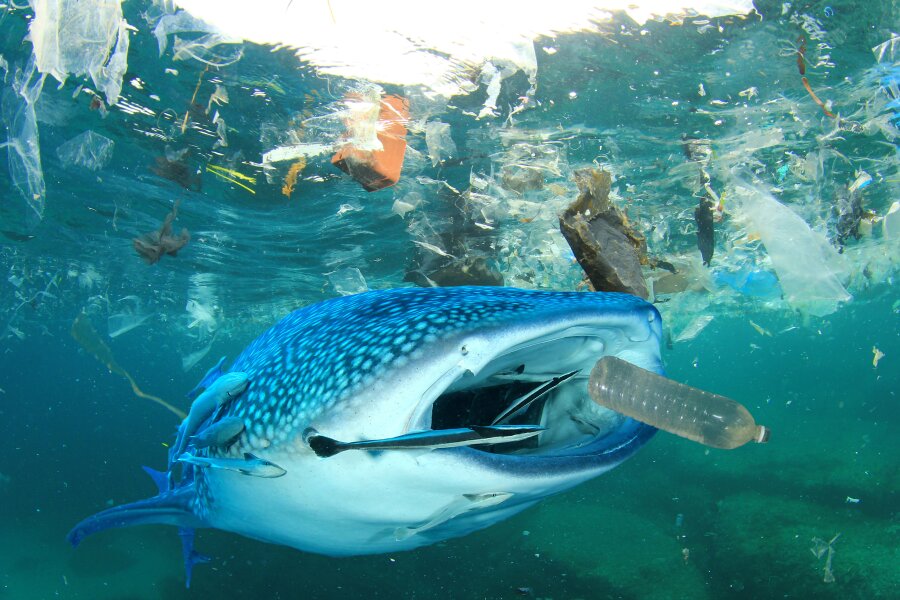In a landmark moment for global ocean governance, the High Seas Treaty officially reached its required threshold of 60 state ratifications, triggering its entry into force as a legally binding international agreement. The milestone, achieved after a wave of ratifications during the UN General Assembly High-Level Week, starts a 120-day countdown, with the treaty set to become international law on January 17, 2026.
Formally known as the Agreement under the United Nations Convention on the Law of the Sea on the Conservation and Sustainable Use of Marine Biological Diversity of Areas Beyond National Jurisdiction (BBNJ Agreement), the treaty is the first-ever international law dedicated to protecting marine life in the high seas, the vast ocean areas covering nearly two-thirds of the planet that lie beyond any single nation's jurisdiction. The treaty, adopted in June 2023 after nearly two decades of negotiations, provides a comprehensive legal framework to address critical governance gaps that have left these vital ecosystems vulnerable to overexploitation and degradation. A central pillar of the new law is the creation of a legal mechanism to establish and manage large-scale Marine Protected Areas (MPAs) in the high seas. This provision is considered essential for achieving the Kunming-Montreal Global Biodiversity Framework's target of protecting 30% of the world's oceans by 2030 (the "30x30" goal).
The treaty also mandates robust Environmental Impact Assessments (EIAs) for planned activities in international waters, such as shipping, fishing, and resource extraction, to ensure their potential ecological impacts are evaluated and managed. Another key component of the agreement is a framework for the fair and equitable sharing of benefits derived from Marine Genetic Resources (MGRs), such as organisms with potential uses in medicine and cosmetics, and their associated digital sequence information. This aims to ensure that discoveries made in these global commons benefit all of humanity, not just the technologically advanced nations capable of exploring the deep sea. To support this, the treaty includes strong commitments for capacity-building and the transfer of marine technology to assist developing countries in implementing the agreement and participating in high seas conservation efforts.
UN Secretary-General António Guterres hailed the development as a "historic achievement for the ocean and for multilateralism," stating that "in two years, States have turned commitment into action, proving what is possible when nations unite for the common good". The rapid pace of ratification, moving from adoption to entry into force in just over two years, has been celebrated by conservation groups as a powerful demonstration of global political will. With the treaty's legal framework now set to become operational, the focus will shift to implementation. The first Conference of the Parties (CoP), the treaty's decision-making body, must convene within a year of its entry into force, likely in late 2026, to begin the practical work of establishing the institutions and processes needed to protect the high seas.
Source: UN News



